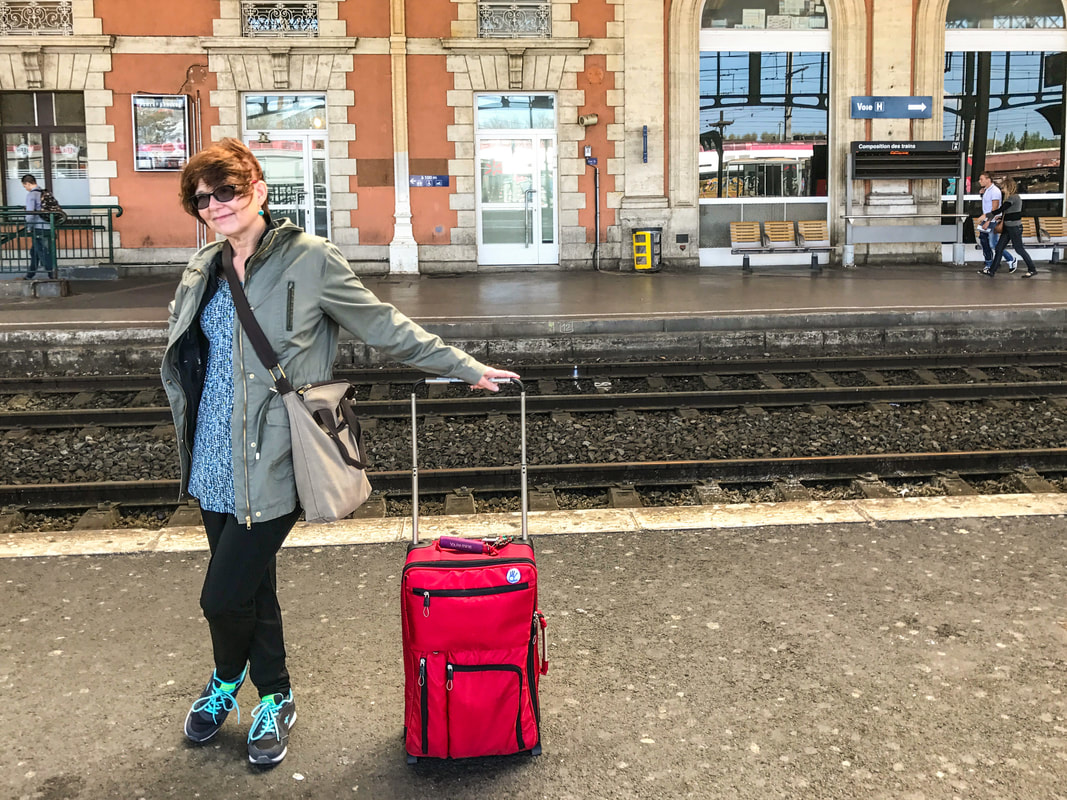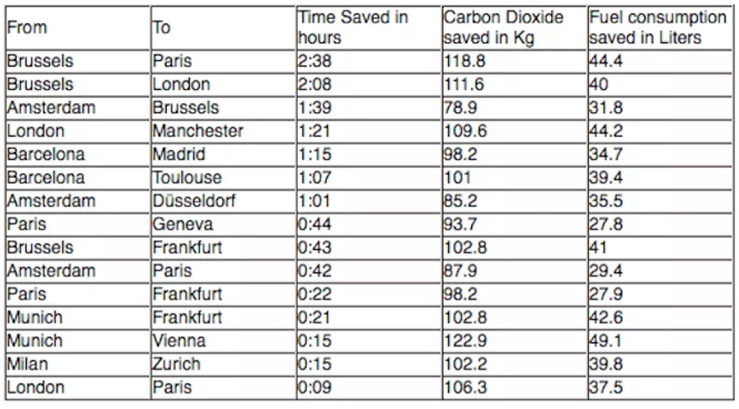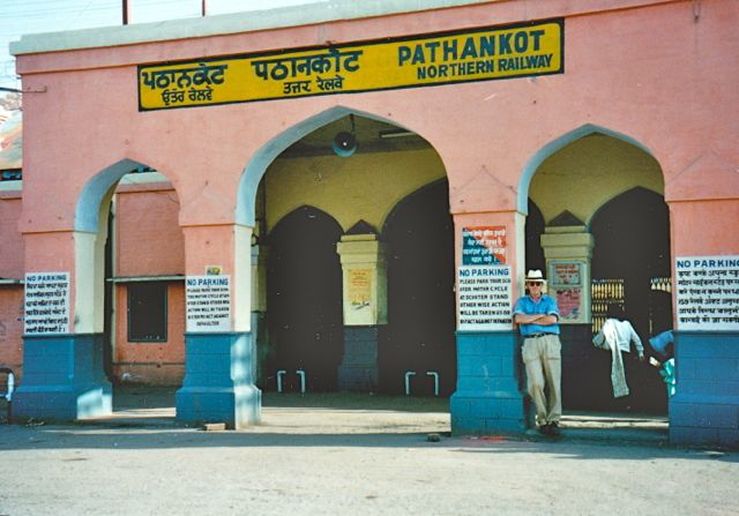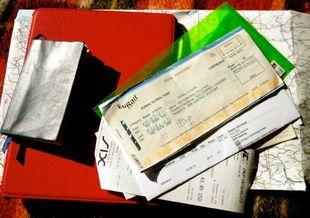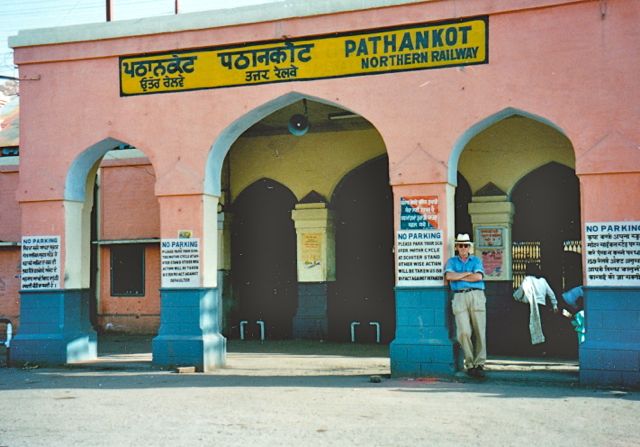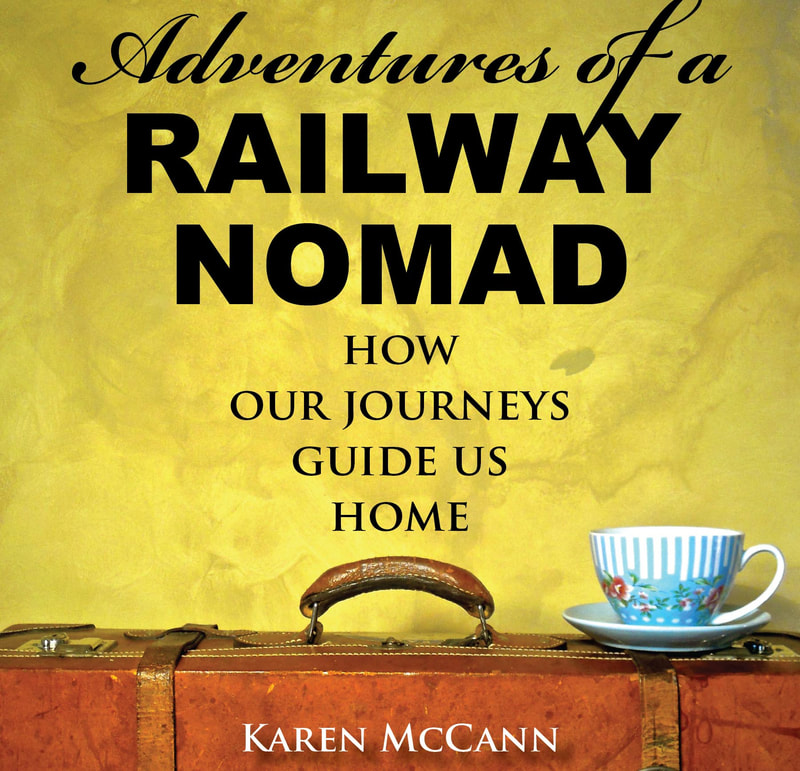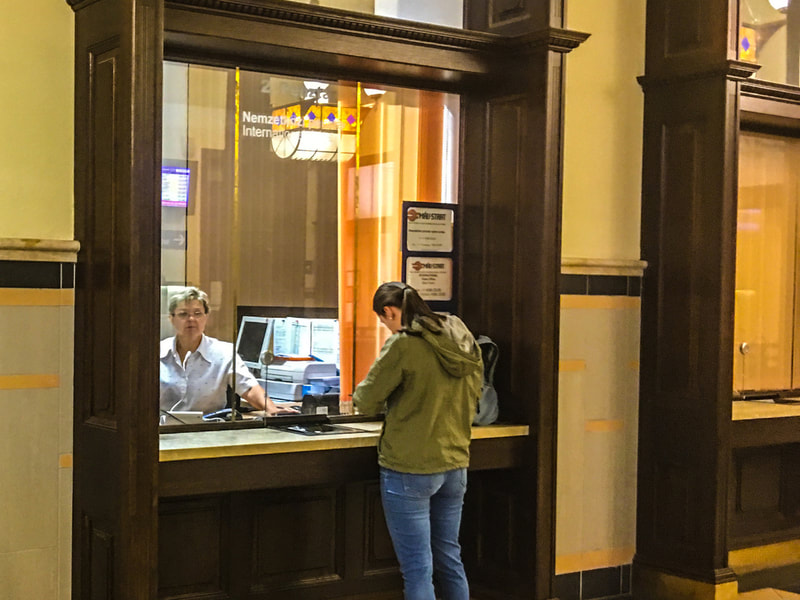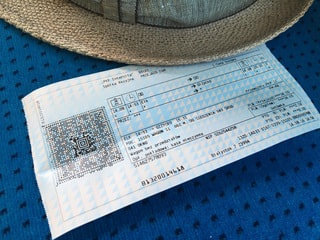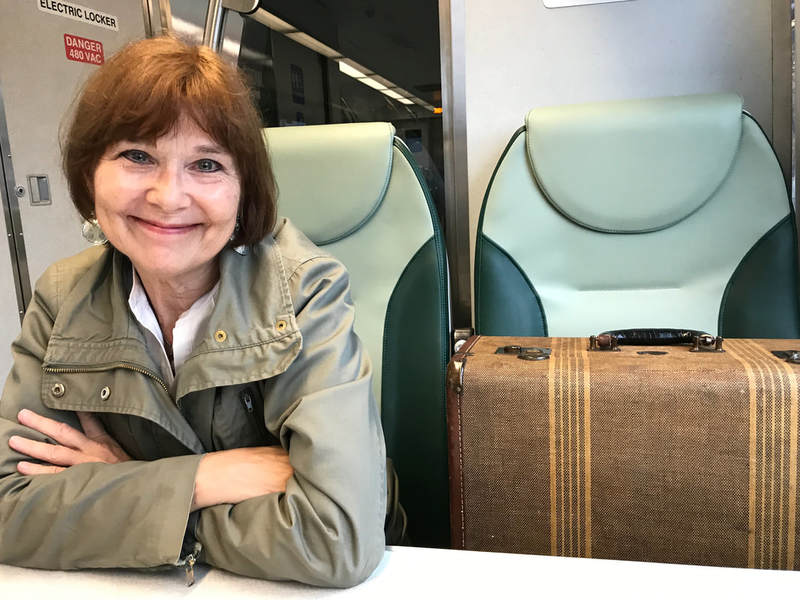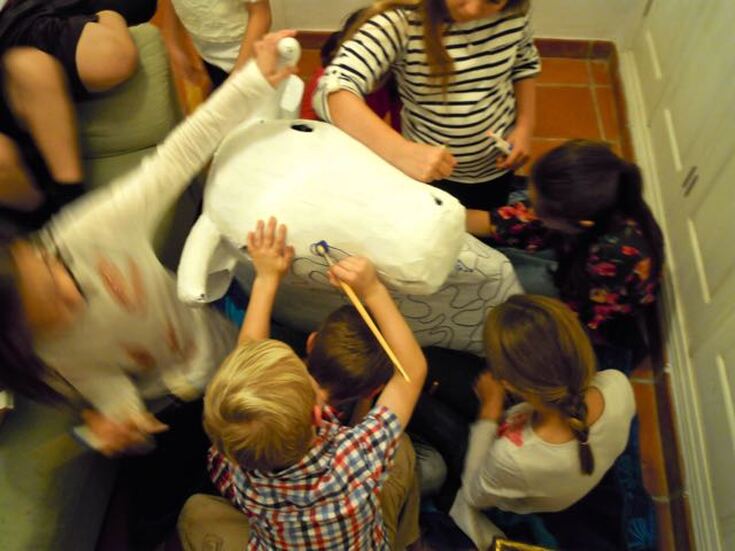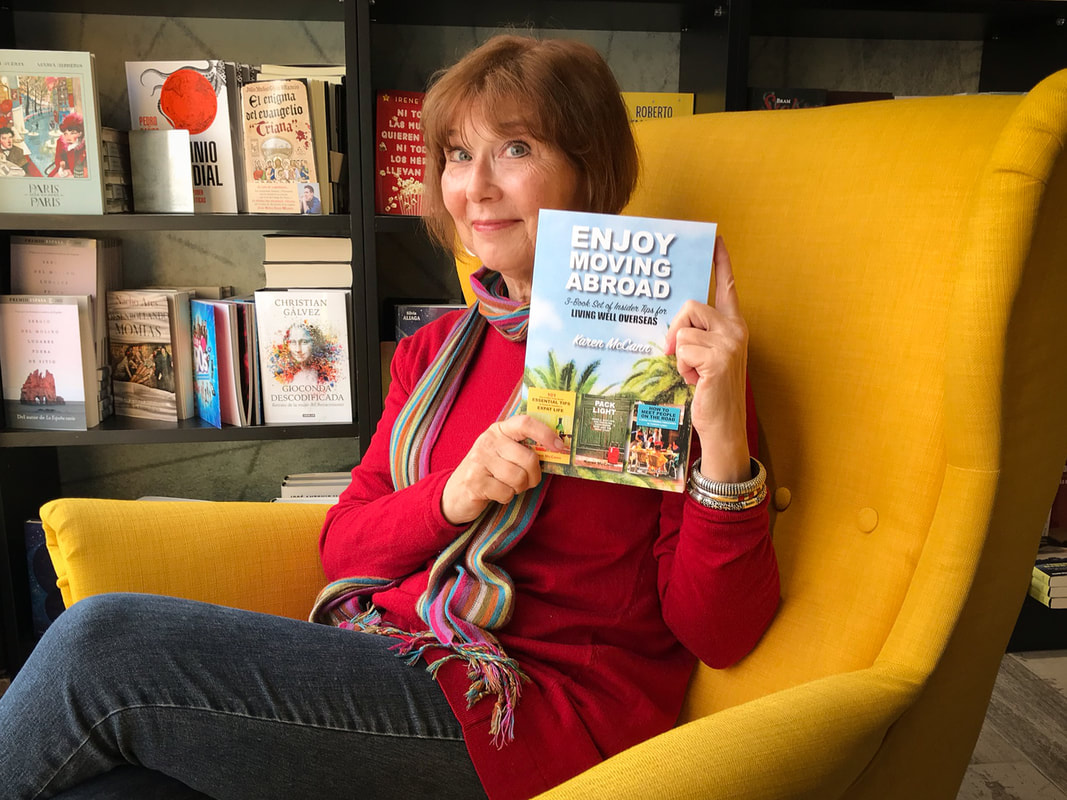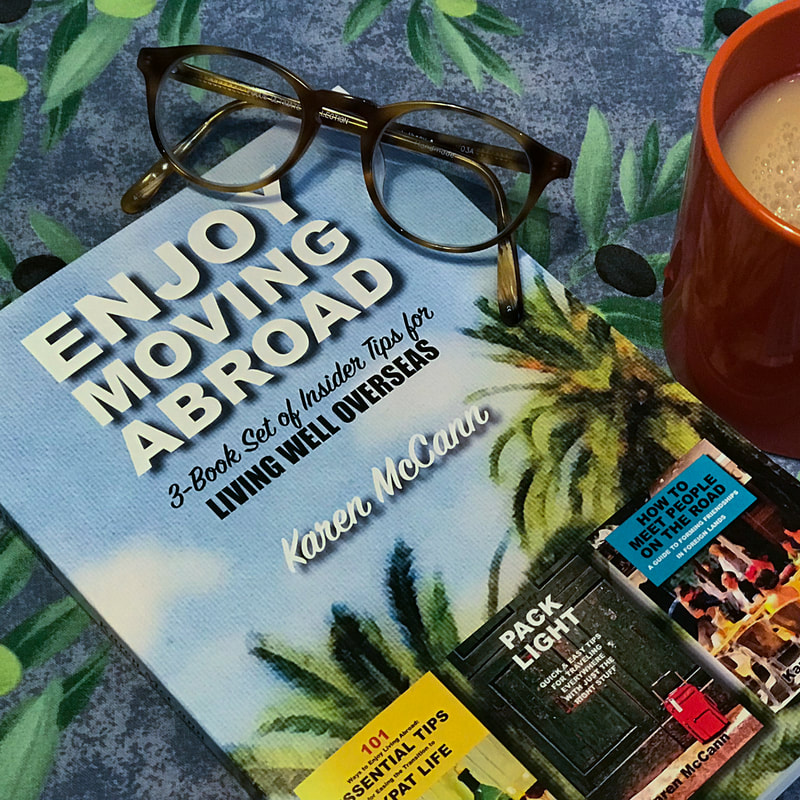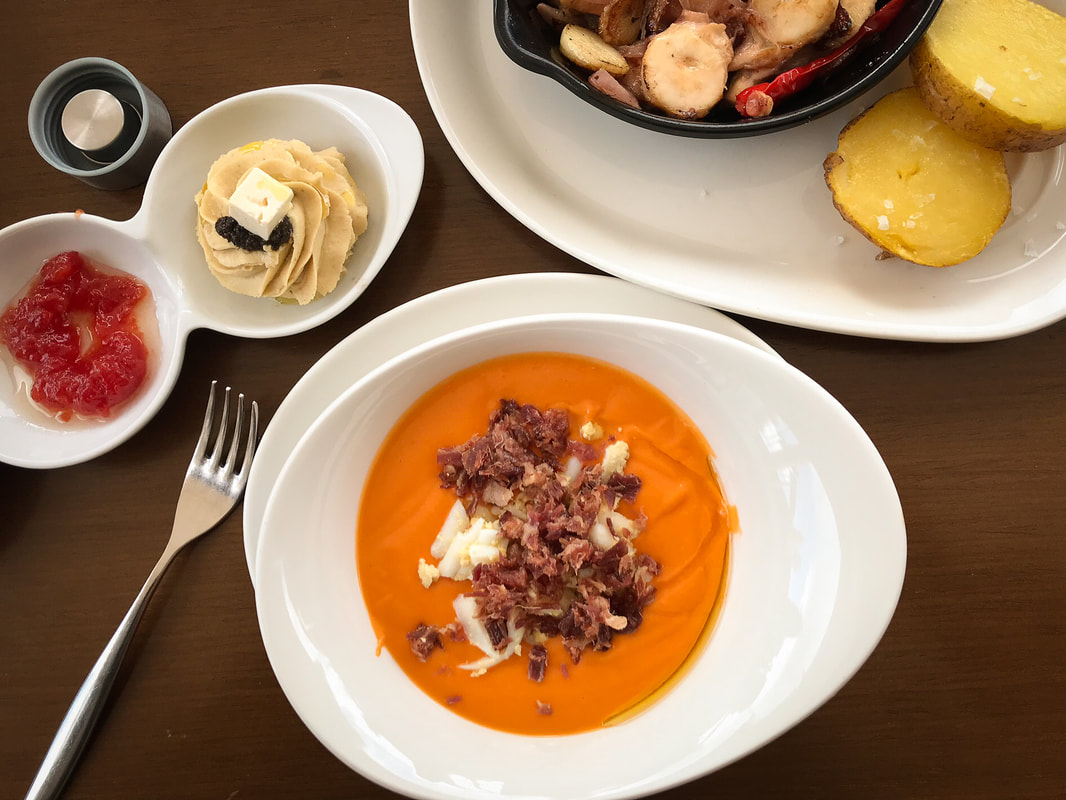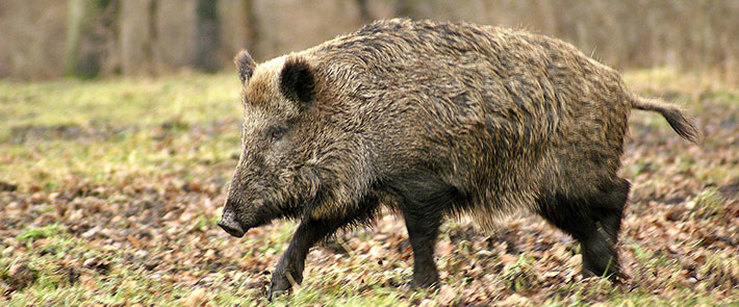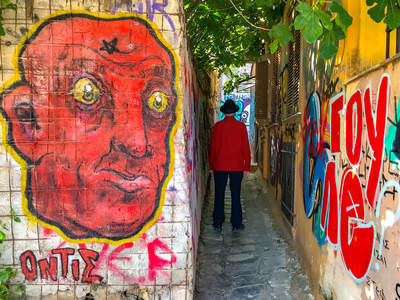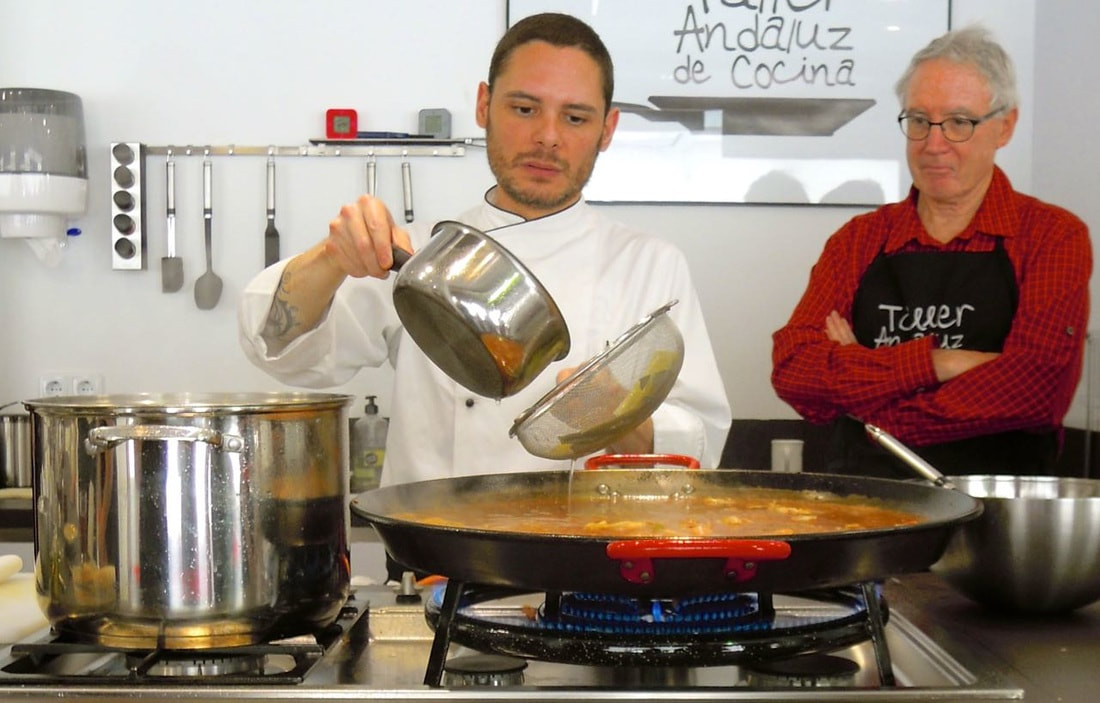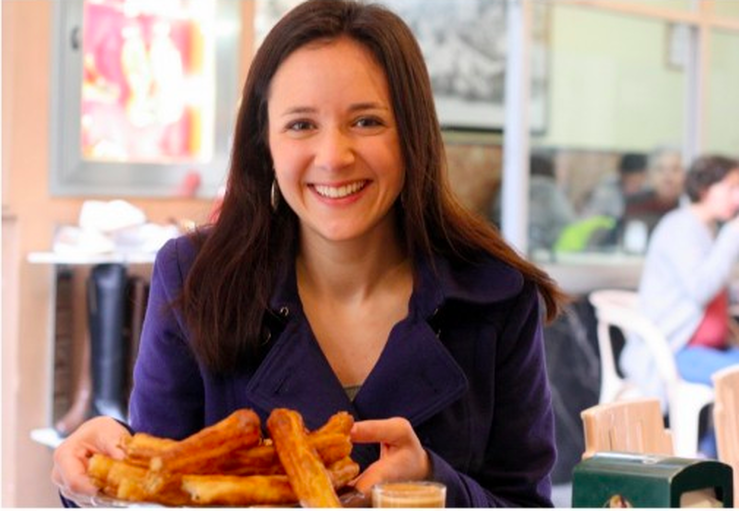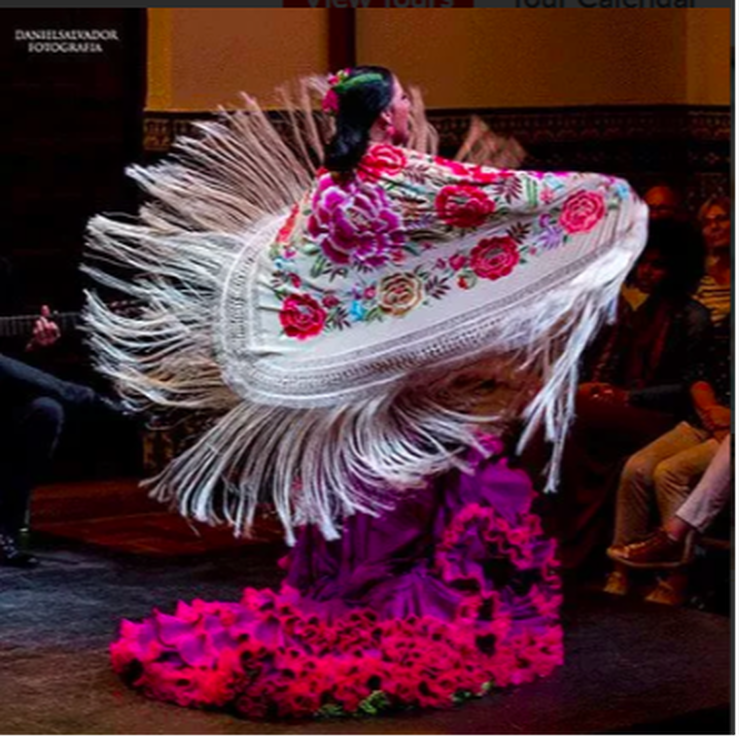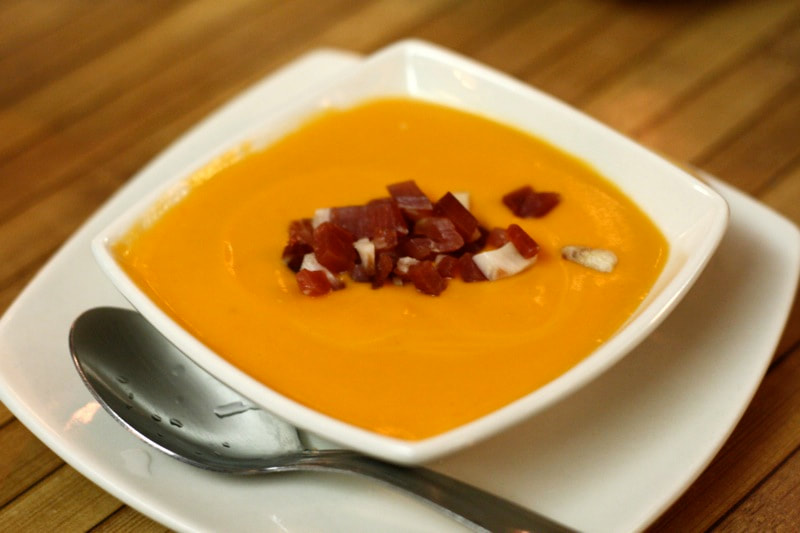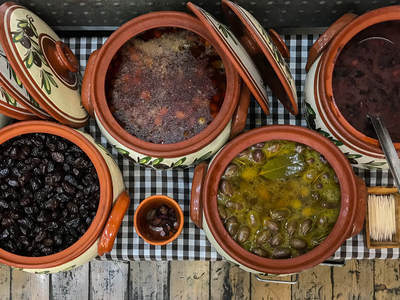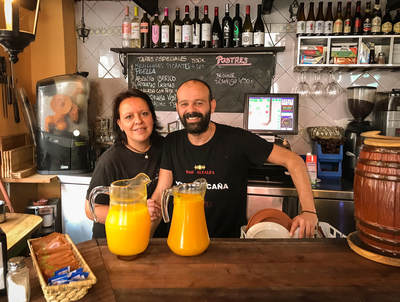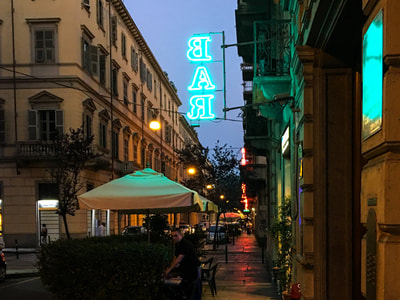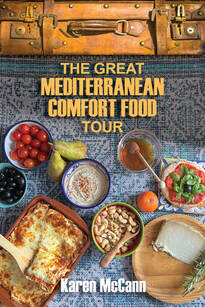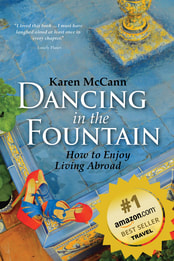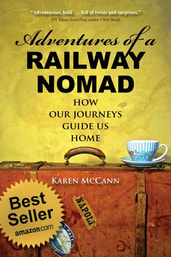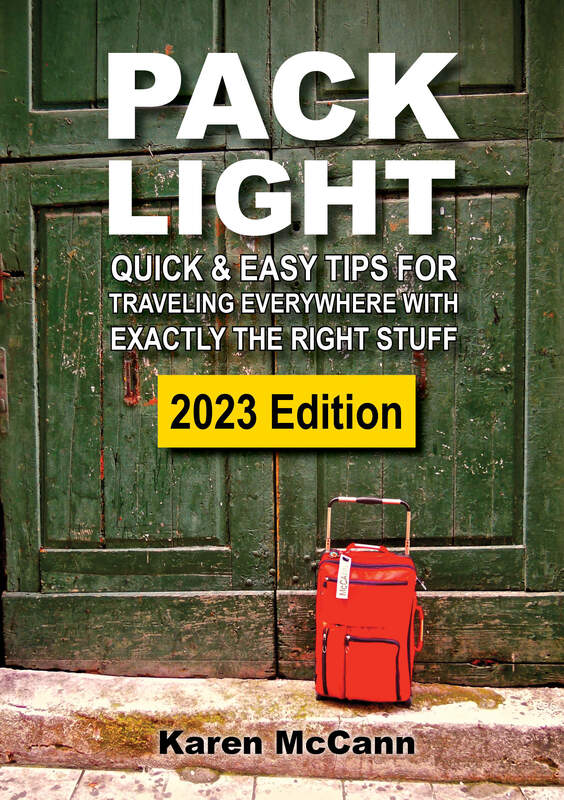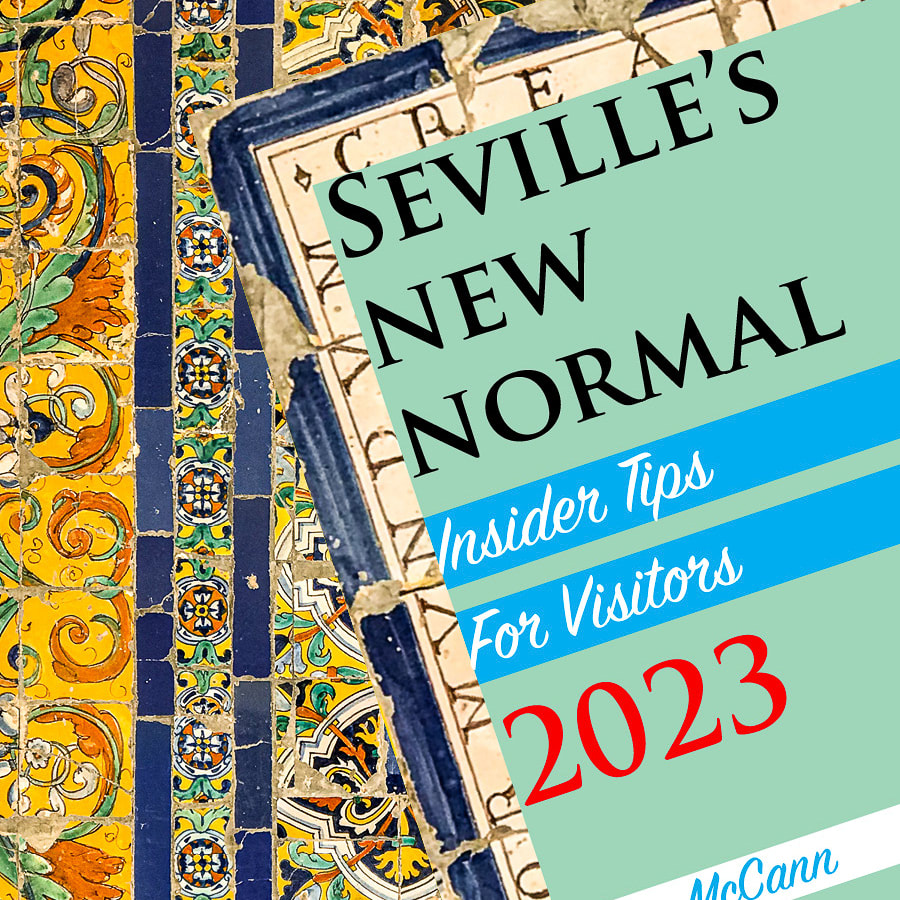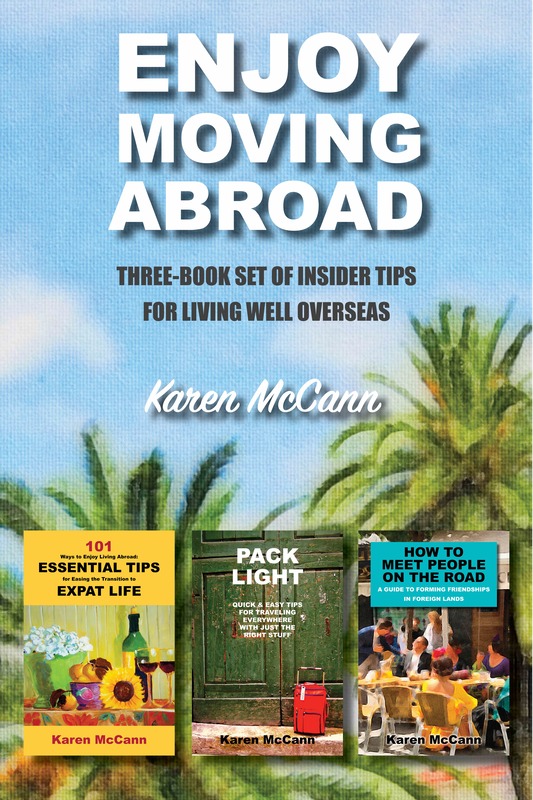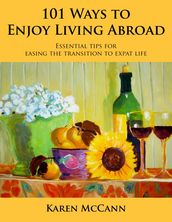|
“So we’re going to take the train through the famous Chunnel at last,” I remarked rapturously. Rich and I had been talking about it for years — ever since the Chunnel opened in 1994, in fact — and last September, as part of a surprise birthday excursion, he arranged for us to take the 2.75-hour rail journey from London to Paris. I was thrilled, wondering what it would be like to go speeding along at 300 kilometers per hour under the English channel. It turns out that riding through the Chunnel looks exactly like this: So not quite as visually thrilling as I’d imagined. Apparently others have been equally underwhelmed because the railway, Eurostar, now offers an alternative view. In the train station’s departure lounge enormous ads invite kids to rent virtual reality goggles; apparently you enter your seat number so the experience can be tailored to your precise place in the train. As a rule, Rich and I prefer actual reality during train rides, so we made a snap decision to pass. Obviously, now that we’ve done a bit more research, we are kicking ourselves for missing out on the opportunity to experience the Chunnel like this: With or without virtual reality goggles, Rich and I remain steadfast fans of train travel. More civilized and less hectic than flying or driving, rail journeys let you read without getting carsick, stroll to the bar car for coffee, or engage in idle conversation with fellow passengers. And train travel isn’t just better for us, it’s better for the environment. By taking the Eurostar from London to Paris instead of flying, Rich and I lowered our trip’s CO2 emissions by 91%. Math isn’t my strong suit, but when you figure there are about a billion inter-European air flights annually, if even a fraction of those fliers switched to trains, we’d make the planet a healthier place to live. Whenever the subject of rail travel comes up, somebody always says, “Yes, I love trains too. If only I had the time to take them.” Maybe you do! Because it turns out that when you travel between European cities, it’s often faster to go by rail. Our Chunnel train from London to Paris was actually quicker than flying — only nine minutes quicker, but still! Why don’t savvy travelers know that going by rail is often faster and always kinder to the environment? For one thing, the travel industry “only wants to sell you flights, flights, car hire, and more flights,” according to one of the most famous train travelers of our era, Mark Smith, better known as The Man in Seat 61. While working as a manager with British Rail, Mark launched a website and a personal crusade to inspire and assist railway travelers. His hobby grew into a career that’s made him a household name among train buffs around the world. “People don't understand that by train (and for that matter, ship) the journey itself can be interesting, fun, romantic, adventurous, and an integral part of your experience,” Mark told me. “It's not just about 'getting there'! For those who have only experienced watching the hands on their watch go round on a long-haul flight, or droning down an eyesore motorway, that can be hard to grasp!” 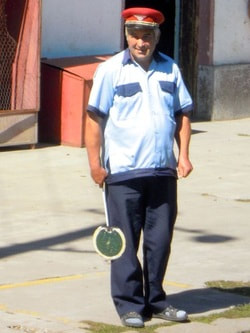 Hungarian railwayman Hungarian railwayman Many of my favorite travel stories come out of our railway adventures. Like that time on the Hungarian-Romanian border when a couple of uniformed men took our passports and disappeared into the station. Twenty minutes later the train started up again, causing us to stick our heads out the window shrieking hysterically, “Our passports, our passports!” Only then did Rich and I realize that our part of the train wasn’t going anywhere. The lineman’s OK-to-go signal was for the back half of the train, which was separating from our section and returning to Hungary. The fact that everyone on the station platform knew this, and had doubtless arranged this amusing little prank countless times, didn’t seem to diminish their innocent delight in watching us make fools of ourselves. Rich and I love long railway journeys, and one that lasted 83 days is chronicled in my book Adventures of a Railway Nomad. The journey took us through 13 countries on 38 trains for a total of 4627 railway miles. We came home with countless stories about silly misunderstandings, the kindness of strangers, and thrilling moments when we were gobsmacked by the unexpected. “Anything is possible on a train,” wrote Paul Theroux. “A great meal, a binge, a visit from card sharks, an intrigue, a good night’s sleep, and strangers’ monologues framed like Russian short stories.” Rich and I experienced all that and more as we traveled to areas so remote that, to us at least, they seemed the modern equivalent of those places on the ancient maps marked, “Here there be dragons.” You can imagine how excited we were when our train journey took us to Kraków, Poland, and we discovered these (alleged) actual dragon bones hanging on the wall of the cathedral. 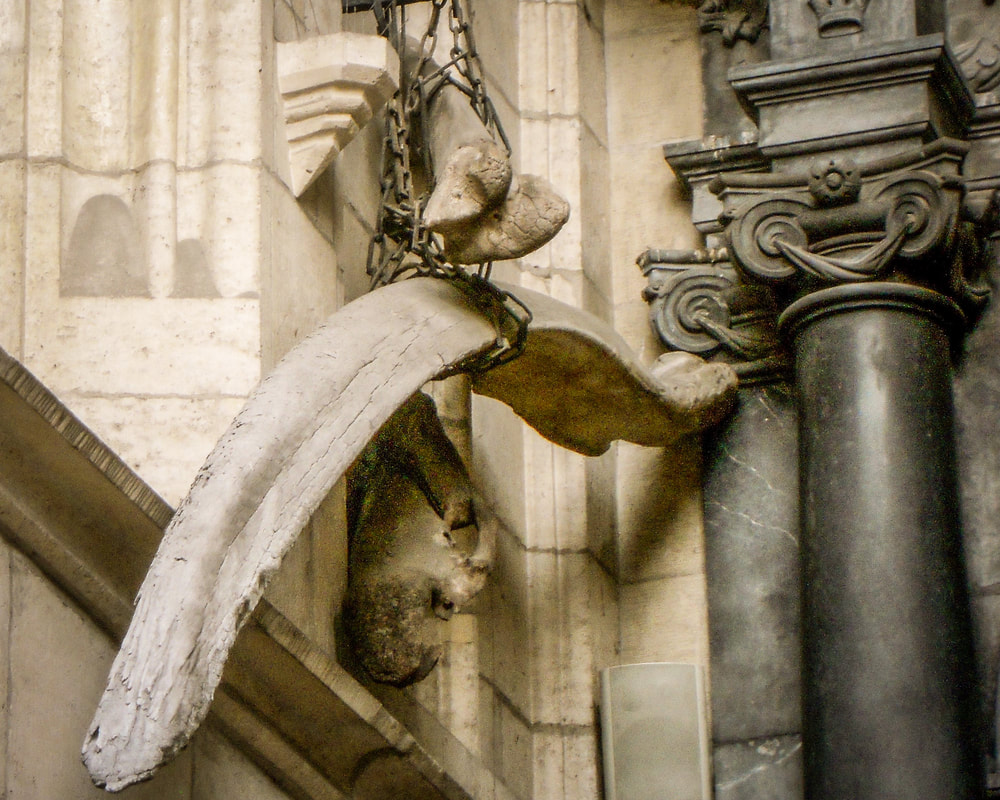 According to legend, as long as these enormous bones — said to belong to the dragon Smok Wawelski — hang on the cathedral wall, Kraków is safe from destruction. Are they working? You bet. Otherwise, how would you account for the fact that during World War II, when just about every major city in Poland was bombed to rubble, Kraków survived more or less intact? Railway journeys often inspire an adventurous spirit and profound thoughts. Einstein came up with the theory of relativity on a train. Theologian Dietrich Bonhoeffer composed the lovely metaphor, “If you board the wrong train, it is no use running along the corridor in the other direction,” which calls to mind a favorite saying passed on to me by a reader: “Never chase a missed train. Get a pastry and wait for the next one.” Today, we can add another form of train wisdom to our collective repertoire: choosing to ride the rails provides a practical way to support to the global climate recovery effort. In the long run, choosing railway travel may make us all more healthy, happy, and wise. YOU MIGHT ALSO ENJOY
6 Comments
“Is a groveling email offering to pay damages enough?” I asked Rich the morning after the party. “Or do you think this requires www.FakeMyDeath.com?” “Let’s see how they respond to the email,” he said soothingly. “Maybe it’s not as bad as you think.” It all started innocently enough when an American friend here in Seville remarked that in a moment of insanity he’d promised his young boys he’d make a life-sized bull’s head that they could paint. “How do I even start?” he wailed. “You’re in luck,” I told him. “There’s a local artist who makes papier-mâché bull’s heads; I’m sure he’ll sell one unpainted. And I’ve got crafts supplies you can use.” Two weeks later my friend threw a big party, and before heading to the drinks table, I handed over a box of paints and brushes to a group of ten kids, aged maybe six to twelve, who disappeared into a room with a life-size papier-mâché bull’s head and no adult supervision. It wasn’t until late in the evening, around the time one of the guests was demonstrating how to remove the cork from a bottle of champagne with a sword, that I began to wonder uneasily just what the kids might be getting up to. “I’m sure they’re fine,” I told myself, applauding as the cork shot across the room. It wasn't until I woke up late the next morning that I began to focus properly, and with hideous clarity, on the amount of damage kids with paint brushes could inflict on walls, floors, furniture, lampshades … and did I remember that one of the guests had a white dog? With some trepidation I emailed the hosts and received back blithe assurances that no damage at all had occurred, and everyone was delighted with the painting project. Whew! “I guess we don’t have to move to another city and assume new identities,” I told Rich. Eventually those friends left Seville, and the bull’s head was passed along to another family, then another. A week ago, to my astonishment and delight, those currently housing the beast announced they were handing it over to me. As we (and by "we," of course, I mean Rich) carried the bull’s head home through the densely packed streets around the cathedral, locals and visitors poured out of cafés to capture the one-man parade with their iPhones. People often ask me why I enjoy living abroad, and for a start I cite the many zany moments like this one that pop up unexpectedly, keeping expat life so vivid. Yes, living in a foreign place can be challenging at times, but it’s also tremendously exciting, with astonishing surprises seemingly around every corner. You certainly don’t find yourself stuck in a rut, operating on automatic pilot, wondering when your zing faded to monotony. In the past, nearly all my American friends and relatives used to think I was bonkers to live abroad. Not anymore. Nowadays half the people I know, and quite a few I don’t, are flooding my email inbox with requests for advice about resettling overseas — preferably somewhere with congenial company, good weather, and affordable wine. And fewer rampaging wildfires, mass shootings, and terrifying headlines. I can’t respond to each email in as much detail as I’d like, so as my regular readers know, I recently put together Enjoy Moving Abroad, a Three-Book Set of Insider Tips for Living Well Overseas. It includes updated and expanded editions of two previously published guides, 101 Ways to Enjoy Living Abroad: Essential Tips for Easing the Transition to Expat Life and my bestselling Pack Light, plus How to Meet People on the Road: A Guide to Forming Friendships in Foreign Lands, published here for the first time. We live in an age of technological marvels that often outstrip the science fiction I read as a kid. When I’m in my home state of California, the atmosphere is a dizzying mix of thrilling futuristic visionaries and a dystopian landscape where whole towns can disappear overnight. I love my state and my country and spend time there regularly, but it’s always comforting to return to Seville, an ancient city that survived the Visigoths, the Moors, the Inquisition, and Franco’s dictatorship — to name but a few. Its past is a constant reminder that dark times don’t last forever and every generation somehow finds the strength and ingenuity to deal with the future. In the meantime, Sevillanos have much to teach us about living in the present. Whatever else is happening, they never forget to enjoy family, friends, cold beer, hot tapas, and a one-man bull’s head parade. I can think of few better reasons for moving abroad that the lessons it teaches us about coping with uncertainty and embracing life’s small, quirky pleasures whenever they come our way. Book Details Enjoy Moving Abroad is now available on Amazon in Kindle and paperback. If you have a chance to order it from Amazon and leave a review I would be very grateful. The more reviews I get the higher the book is ranked, making it more visible to those seeking this kind of information. Unfortunately Amazon is now quite strict about insisting you order the book from them if you want to post a review. One recent Sunday, Rich and I took a midday stroll out of Seville’s old centro into the more modern district of Nervion and chose, more or less at random, a bustling café-restaurant for lunch. Our waiter (who turned out to be the chef) leaned in confidentially and said, “I recommend the wild boar.” You don’t find jabalí on many menus these days, and as the price was just 5€ ($5.67) we figured it would be an appetizer we could sample before moving on to the main meal. What arrived was a heaping platter of slowly simmered meat swimming in gravy (by which I mean boar fat loaded with salt). The flavor was magnificent. As we tucked in, sopping up the gravy with crusty bread, I could feel my arteries hardening and waist thickening and absolutely did not care. When the chef came by and saw we’d made serious inroads on the gravy, he asked if we’d like more. Before my conscience or common sense could kick in I said, “Yes, we would!” He whisked our platter away and returned it a few minutes later with the remaining meat soaking in another lake of boar fat. Mmmmm. As we paid our lunch tab — which with two short beers came to a whopping 7.40€ ($8.39) — Rich said, “I’ve missed this. Don’t get me wrong, I love the new foodie places, but this is Sevilla profunda [deep Seville].” 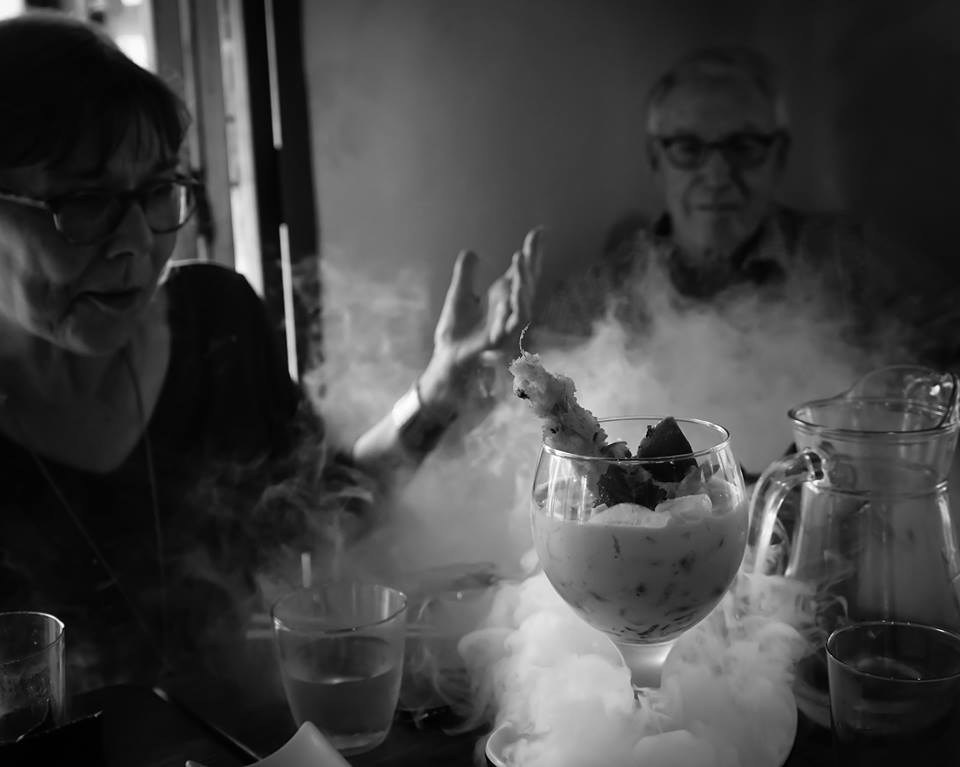 Seville's hot new cuisine culture includes such dramatic offerings as this smoking Japanese-Peruvian ceviche. Photo by Melissa Haye Cserhat. Seville's hot new cuisine culture includes such dramatic offerings as this smoking Japanese-Peruvian ceviche. Photo by Melissa Haye Cserhat. I got to thinking that while many visitors to this fair city are dining on such exotic delicacies as smoking goblets of Peruvian-Japanese ceviche, they are missing out on the unpretentious old-school dishes that were once the only cuisine available in 99% of Seville’s eateries. So for those who’d like a taste of Sevilla profunda, here are some of my favorites — with suggestions for where to find the best in the city. Not in Seville at the moment? I’ve included links to recipes so you can make them at home. Carrillada: Pork Cheeks Yes, I know, pork cheeks may sound a bit odd, even off-putting at first, but as my friend Lauren puts it, “Carrillada is a melt in your mouth, get up and dance, and smack yourself in the head for not having eaten this earlier type of food.” The meat is surprisingly tender; like jabalí, the secret is slow cooking it for hours until it melts in your mouth. Where to try it: Bodeguita Romero, Calle Harinas, 10 How to make it Tortilla de España: Spanish Omelet Where to try it: Boca a Boca, calle Barcelona, 5 I recommend this to guests who are picky eaters and order it myself on days when I can’t decide what I’m in the mood for. Tortilla de España aka tortilla de patatas (Spanish or potato omelet) is a dense egg dish cooked in a frying pan with potatoes and onion. It’s such a staple that our Spanish teachers included a tutorial in the curriculum. It’s not easy; you have to flip the omelet over using a plate or second frying pan. But it’s Spanish comfort food at its best. How to make it Solomillo al Whisky: Braised Pork with Whisky Sauce Where to try it: Los Coloniales, Plaza Cristos de Burgos, 19 The secret to this dish is tons of garlic; I never worry about vampires when I walk home after a night of solomillo al whiskey. It’s served everywhere in Seville, but for my money, the best place to try it is Los Coloniales, where the portions are generous and the waiters serve it up with old-school service: fast, courteous, and if you speak Spanish, accompanied by a quip or two. How to make it Espinacas con Garbanzos: Spinach with Chickpeas Where to try it: Bar Dueñas, Calle Girona, 3 When I first arrived in Seville I was a vegetarian and practically lived on this tapa, one of the few non-meat offerings available in those days. Now I eat everything, but I still love this dish, especially in colder weather. I’m told it originated in Persia and arrived via the African Moors, who loved spices and included a pinch of cumin in the recipe, a rare thing in Spanish cuisine. How to make it Cazón en Adobo: Marinated fried fish Where to try it: Bar Blanco Cerrillo, Calle José de Velilla, 1 If you’re on Calle Velasquéz in the downtown shopping area, there’s this heavenly moment when your nose picks up a vinegary scent that’s so alluring it stops you in your tracks. Before you know it, you’re heading down an alley to Bar Blanco Cerrillo for their trademark cazón en adobo, which after half a century has become a tapa of near mythical status. How to make it Salmorejo Where to try it: Vineria San Telmo, Paseo de Catalina de Ribera, 4 On summer days, I love sitting down to a bowl of this cold, creamy soup made of tomato and day-old bread, enlivened with just enough garlic and vinegar to give it zest. Like gazpacho, it was invented in Andalucía as a thrifty use of yesterday’s baguettes. Garnished with chopped hard-boiled egg and scraps of ham, it’s a great light meal all by itself. How to make it Goulas: Fake Baby Eels Where to try it: Casa Morales, Calle García de Vinuesa, 11 Not a huge fan of eating eels? Me neither, but the fake ones are delicious and I sometimes tease American visitors by ordering a dish of goulas. Real baby eels (anguilas) are hideously expensive, so locals make mock baby eels from pollock fish, trimmed to worm-like shapes and dyed grey along one edge to complete the illusion — much like the fake crab sold in the USA as “krab.” How to make it There isn’t space to describe all the classics, and perhaps another day I’ll write about colo de toro (bull’s tail), albondigas de choco (cuttlefish meatballs), and other wild and wonderful local favorites. In the meantime, if you do find yourself in Seville, take the time to seek out some of these traditional favorites, preferably in a family-run bar where somebody’s grandmother is doing the cooking. She won’t be serving up Japanese-Peruvian ceviche or chocolate-covered duck liver pâté with whimsical garnish, but she will deliver the kind of hearty, mouthwatering fare that’s been the pride of Seville dinner tables for countless generations. YOU MIGHT ALSO ENJOY “Would you and Rich be interested in going on the test run for a new food tour a friend of mine is starting here in Seville?” an expat pal asked me a few years ago. Tough work, but somebody has to do it! “If it’ll help,” I replied graciously, thinking Hot damn! This is gonna be good. And it was. Rich and I met up with Lauren Aloise and a small group of fellow volunteers to spend three hours strolling through the city’s back streets, nibbling and sipping along the way. We had fabulous food and a marvelous time. If I had a complaint at all, it was that I was so stuffed by the end of the tour that I couldn’t do justice to the final round of tapas. Since then, Lauren and I have kept in touch, and I thought her story would be fun to share here, as an example of how one American woman built a new life for herself in Spain. What drew you to Spain? I spent my junior year of college between Granada and Buenos Aires, and loved both. That said, I saw very little of Spain and left with a very basic understanding of the culture and cuisine. Despite living with a host family, my experience only just skimmed the surface. I was focused on bettering my Spanish (and enjoying Granada's amazing nightlife!) and my host mother was a terrible cook. I left Spain thinking that Spaniards didn't eat meat (I only had it once while there!). I never planned to return to live here, but I studied Spanish as a second major, and at the end of my last semester, my professor recommended the Auxiliar de Conversación program [training to work as an English language assistant in Spain]. At the same time, my boss at a restaurant I was working at kept urging me to spend time in Spain to learn all I could about Spanish food and wine — he was convinced it would be the next big thing and that it would give me a leg up in the hospitality industry when I returned. So I applied for the program and packed my suitcases! You had no intention of moving to Spain permanently? That's right, I came with the intention of spending a year or two in Europe to learn about different cuisines. But I met my husband within a couple weeks of arriving, and that caused me to stay in Seville. I met his parents pretty early on in the relationship and really bonded with his mother over food. She taught me that simplicity is key, that Spanish home cooks never measure, and shared her best recipes with me. I also learned patience (Spanish classics aren't complicated, but often cook over many hours) and to make the most of a small kitchen (hers is tiny -- and so is mine!). What inspired you to start your food and travel blog, Spanish Sabores? I was a part-time English language assistant and gave private English lessons, but I fiercely missed the hospitality industry I'd always been a part of. Since I couldn't work legally, I decided to start writing about food and travel on the web. I had a couple of blog failures before starting Spanish Sabores! But I've always loved writing, so blogging came easily, and I also loved the challenge of learning about everything else involved — from web design, to SEO, to photo editing. How did that lead to launching Devour Tours? After I got married I knew I needed to get back into my career in hospitality and tourism — but we were in the middle of a recession, and jobs were few and far between. My husband and I decided to take a chance and move to Madrid, so we bought a bus ticket and left on an adventure. He started a company right away, offering software services for renewable energy facilities. I started freelance writing about food and travel, and gave cooking classes. One day I found an ad for a food tour in France and thought it sounded perfect. Food tours combine amazing food, local history and culture, and support for small businesses — what's not to love? I could step away from the computer and actually show people the types of things I was already writing about. So I just dove in and created a website and a few experiences. Today Devour Tours is in six cities: Seville, Granada, Malaga, San Sebastian, Barcelona, and Madrid. What’s next? Our mission is to connect curious travelers with local food and communities in a way that helps culture thrive. We'd love to take our mission beyond Spain to other incredible food destinations. In the age of huge chains and the "hipsterization" of traditional neighborhoods, the places that make our cities unique are disappearing. I hope to be a small part of telling those stories and helping them survive. What do you love most about Spanish food? We keep it simple in Spain. We take an incredible ingredient and do as little as possible to it. Maybe a drizzle of olive oil, a splash of sherry vinegar, or perhaps just a few flakes of sea salt. It's very much a quality-focused food culture. Could you share a recipe with my readers? One of my favorites is my mother-in-law’s recipe for salmorejo, a cold soup that's gazpacho’s thicker, creamier cousin. See recipe and video. What advice would you give Americans who are coming to Spain for the first time? I would recommend going slow, mixing big cities with some smaller villages, and coming back again and again. As for the food, be open minded and take a look at what the locals are eating before ordering. Don't expect lots of seasoning and sauces — enjoy the taste of the ingredients! And to kick everything off on the right foot, take a food tour! It'll set you up with context and tips for the rest of your trip. Have you been on a memorable food tour — anywhere in the world? I'm always thinking ahead to future trips, and would love to hear suggestions in the comments below. YOU MIGHT ALSO ENJOY |
This blog is a promotion-free zone.
As my regular readers know, I never get free or discounted goods or services for mentioning anything on this blog (or anywhere else). I only write about things I find interesting and/or useful. I'm an American travel writer living in California and Seville, Spain. I travel the world seeking eccentric people, quirky places, and outrageously delicious food so I can have the fun of writing about them here.
My current project is OUT TO LUNCH IN SAN FRANCISCO. Don't miss out! SIGN UP HERE to be notified when I publish new posts. Planning a trip?
Use the search box below to find out about other places I've written about. Winner of the 2023 Firebird Book Award for Travel
#1 Amazon Bestseller in Tourist Destinations, Travel Tips, Gastronomy Essays, and Senior Travel
BLOG ARCHIVES
July 2024
CATEGORIES
All
|
